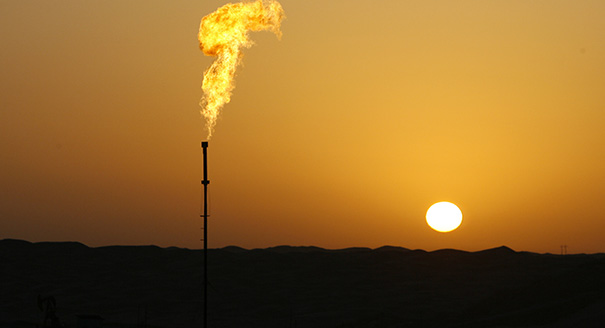Source: Boao Review
Over the next two decades, the countries in Asia are expected to remain oil import dependent while China, India, and Southeast Asian nations are projected to account for most of the world’s oil demand growth. Moreover, much of the Asian continent—with its vast coastlines second in length only to Canada—is at risk for sea level rise, intensifying storms, and other effects of climate change.
It is therefore imperative for all Asian leaders, already increasingly attuned to the need to improve energy and climate policies, to adopt high environmental standards for oil—especially their imports. A good place to start is to demand better oil information from producers and exporters so that policymakers can factor the actual climate footprints of oil into their decision-making.
Why is this important? It turns out that climate impacts vary significantly among global oils. Some of these alternative oils’ greenhouse gas (GHG) emission footprints are nearly twice as large as others. And the range of GHG emissions between oils is expected to grow as new, unconventional oil resources are identified. In an era of abundant oil choices, Asian policymakers would benefit from the information provided by the new Oil-Climate Index (OCI). Developed by the Carnegie Endowment for International Peace along with partners from Stanford University and the University of Calgary, the OCI can be of immediate practical use for Asian policy makers in reducing flaring and venting of gassy oils, rethinking extra heavy oils, and managing petroleum coke....
